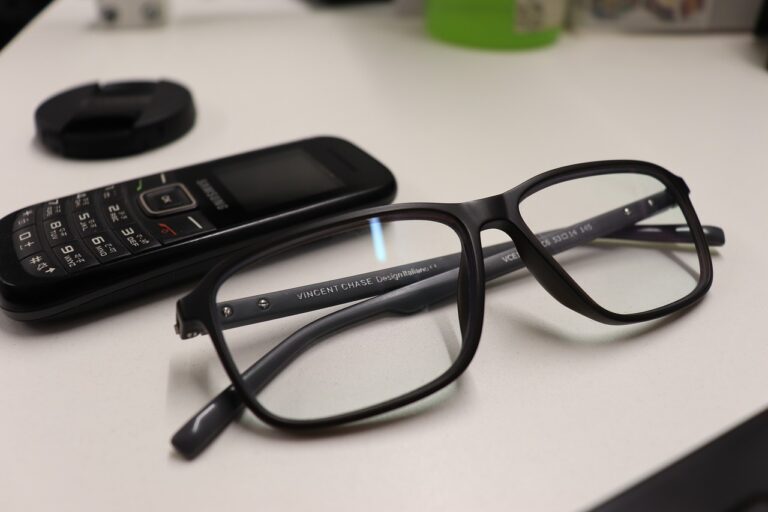Analyzing the Role of Design Thinking in Business Ideation
Design thinking is a human-centered approach to problem-solving that prioritizes understanding the needs, desires, and perspectives of end-users. It is a creative process that combines empathy, experimentation, and collaboration to develop innovative solutions. Rather than jumping straight to solutions, design thinking encourages a deep dive into the problem at hand through research, observation, and prototyping.
At its core, design thinking hinges on the concept of empathy, which involves putting oneself in the shoes of others to truly grasp their experiences and pain points. By taking a user-centric approach, design thinkers are able to uncover insights that lead to more meaningful and effective solutions. This holistic understanding enables teams to brainstorm and iterate on ideas that address the root of the problem, resulting in products and services that resonate with users on a deeper level.
The Importance of Empathy in Business Ideation
Empathy plays a crucial role in the process of business ideation. By putting yourself in the shoes of your customers, employees, or stakeholders, you can gain a deeper understanding of their needs, wants, and challenges. This understanding allows you to develop products, services, or solutions that truly resonate with your target audience and address their pain points effectively.
Moreover, empathy fosters a sense of connection and trust between businesses and their customers. When customers feel understood and valued, they are more likely to engage with your brand, advocate for your products or services, and remain loyal in the long run. By incorporating empathy into your business ideation process, you can create meaningful and authentic experiences that differentiate you from competitors and build a stronger, more sustainable relationship with your target market.
How Design Thinking Enhances Problem-Solving
Design thinking is a dynamic approach that fosters creativity and innovation in problem-solving processes. By placing a strong emphasis on human-centered design, this methodology encourages teams to step into the shoes of end-users to gain a deeper understanding of their needs, preferences, and pain points. This empathetic perspective allows for the identification of unique solutions that are tailored to address the specific challenges faced by individuals or communities.
Moreover, design thinking promotes a collaborative and iterative approach to problem-solving. By engaging diverse perspectives and skill sets within multidisciplinary teams, this methodology leverages the collective intelligence of the group to generate a wide range of innovative ideas. Through rapid prototyping and testing, design thinking enables teams to quickly validate concepts, learn from failures, and refine solutions based on real-time feedback. This iterative process not only accelerates the problem-solving journey but also ensures that the final outcome is user-centric and effective.







